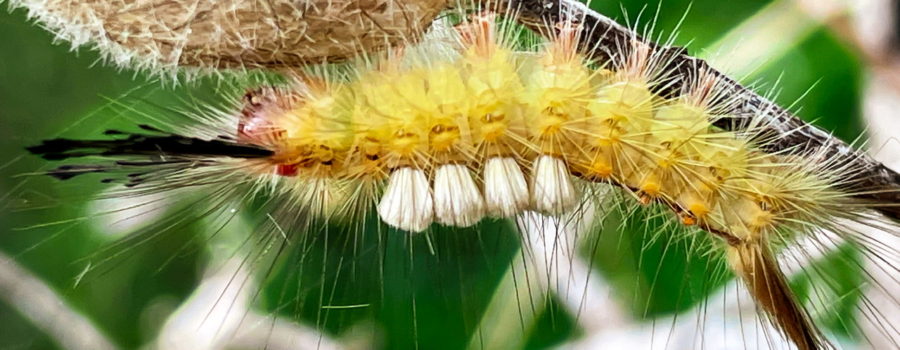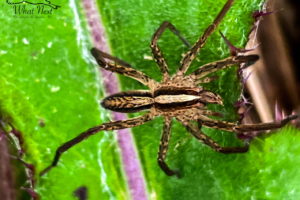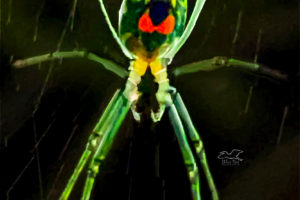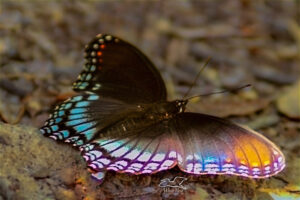Fir Tussock Moth Caterpillars: Beautiful to Watch, but Don’t Touch!

Lately Florida has been covered in so many wildflowers that they have been taking up a lot of my photographic time. The earliest spring flowers have mostly faded and been replaced by the ones that are our summer bloomers. So the other day I decided it was time to look at some of the other things that Florida has to offer. Specifically, I thought I should look for some caterpillars. This time of the year there should be lots of them around looking for food and places to make their cocoons. I stopped on my way home in the area where I had previously seen the coral honeysuckle. They are one of the many plants that several types of caterpillars like to feed on.

I didn’t have any luck on the honeysuckle vines, but I continued to walk around for a bit and I struck the Mother load! I came across an oak tree that had quite a few caterpillars and cocoons on one of it’s branches. I could see from some of the leaves on the tree that they had been eating well getting ready to go into their cocoons. It was a great opportunity to capture some interesting caterpillar photos and there was the added bonus of cocoons in several stages, too. These particular caterpillars are the larval stage of the fir tussock moth. They are a fairly common moth on the eastern coast of the United States from New York south to Florida and along the Gulf coast into Texas.

Even though they are called the fir tussock moth (not to be confused with the Douglas fir tussock moth which is a western species), these guys are mostly found on oaks and cypress trees. These are beautiful little caterpillars, but they are ones not to be messed with. They are covered in hairs and some of those hairs contain venom that will cause red, itchy welts on people. Most of the venom containing hairs can be found in the tussocks on the back of the caterpillars, but others can be found spread over the body, so these guys are definitely touch me nots. Some of the venomous hairs can also be woven into the cocoons, so they shouldn’t be handled, either. Most often when people come in contact with them it is children playing with the caterpillars, or adults trying to remove cocoons from plants or the eaves of their houses.

The venomous hairs are mainly meant as a deterrent to predators, and they are quite effective against most mammals and some birds. However, there are some species of birds that do eat tussock moth caterpillars without any side effects. Some insects, especially paper wasps and some types of ground beetles, also prey on these caterpillars. Once in their cocoons, these caterpillars remain pretty safe for the approximately two weeks that they are in the pupal stage. This stage usually occurs in mid to late April with adults hatching out in early May. I have already seen some adult males on our white block walls at work, so I think I was pretty lucky to have found these guys before all the caterpillars were gone. What kinds of caterpillars are you guys finding in your areas?






Recent Comments